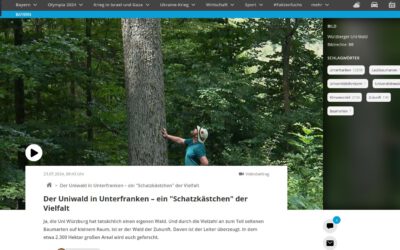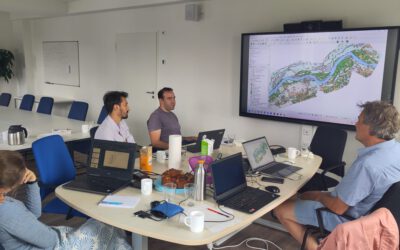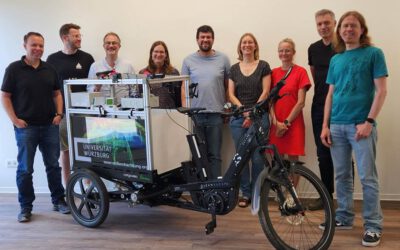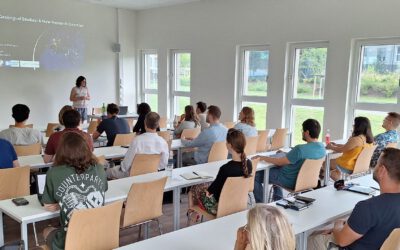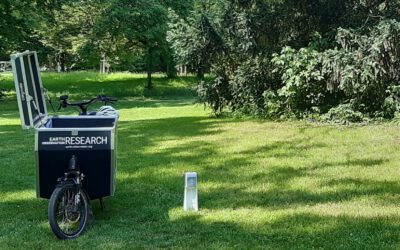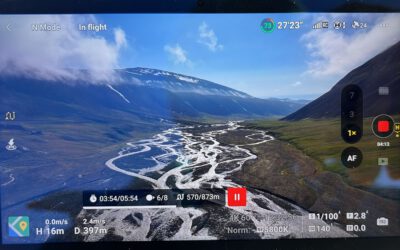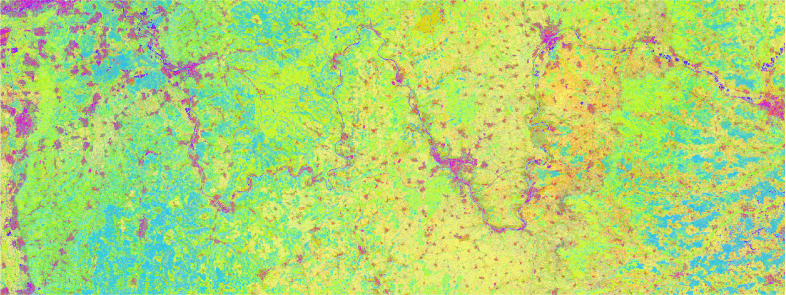
background image: TimeScan Landsat 2015
The beginning of a new year often means starting new habits, so we decided to write a monthly review on the Department’s activities in projects, science and teaching. Here’s the first one for January 2018!
After celebrating xmas with our colleagues, families and friends, we returned to the Department and welcomed our new colleague Maik Netzband, who started working in the CAWA project.
As part of our WASCAL International Capacity Building, the PhD students Mensah Yaw Asare and Clement Nyamekye arrived and they will stay for a couple of months. Both presented their PhD topics focusing on soil erosion controls using remote sensing.
During the winter holidays, a paper written jointly with colleagues from EURAC and MPIo dealing with linking Remote Sensing and Animal Movement data got published.
Making this analysis transferable and open for the scientific community, the rsMove R package was updated.
We were also busy working on a new homepage for both researchers and practitioners from different disciplines working with – or interested in – phenology and remote sensing. We plan to go online in February!
Together with Prof. Dr. Jörg Müller, some colleagues visited the University Research Forest where we are planning to conduct several field campaigns.
Since the regularly courses within the geography study programs have ended this week, our first year EAGLE students gave their final presentations and showed what they learned during their presentation course. Check out their homepage, where they also post helpful R snippets! Our colleagues involved in teaching are busy to prepare the exams for the BSc lecture “Introduction to geographical remote sensing” and the EAGLE lecture “Applications of Earth Observation”. We wish our students success for the upcoming exams!



